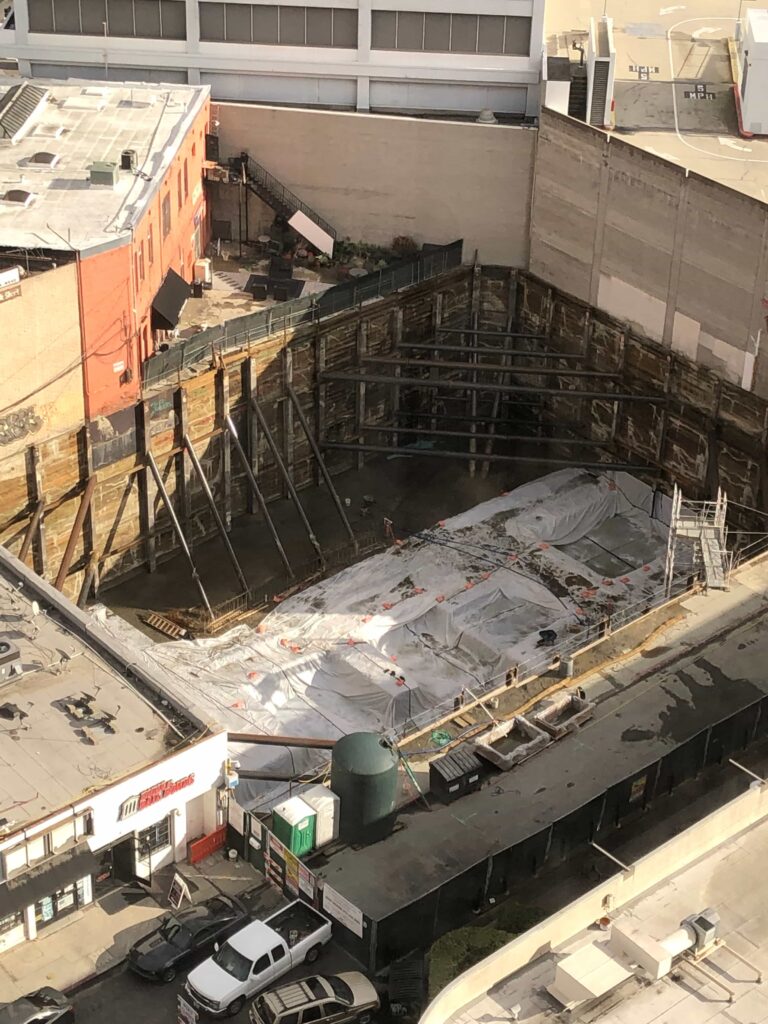- (800) 826-8709
- 3400 Patterson Rd. Riverbank, CA 95367
- [email protected]
Thunderbolt Wood Treating is a top producer of CalTrans Guardrail and other state and county guardrail quality post systems.

In traffic engineering, highway guardrail may prevent an errant vehicle from impacting roadside obstacles which may be either man-made (sign structures, culvert inlets, utility poles) or natural (trees, rock croppings), running off the road and going down a steep embankment, or veering off the roadway into oncoming traffic (commonly referred to as a median barrier). A secondary objective is keeping the vehicle upright while deflected along the guardrail. The most common type of guardrail in use today is the Thrie-beam. Thrie-beam guardrail consists of wood posts and wood spacer blocks or steel posts with wood spacer blocks. The wood spacer blocks reduce or minimize a vehicle snagging on the posts upon impact. In addition, a blockout may be used to increase the offset of guardrail with an obstacle such as a curb. The posts’ primary purpose is to maintain the height of the guardrail during the initial stages of post deflection. Maintaining guardrail height also reduces the potential for a vehicle to vault over the guardrail upon initial impact. The posts also play a role in the amount of resistance and deflection a guardrail may experience during impact. Resistance in a strong post system results from a combination of tensile and flexural stiffness of the rail and the bending and shearing resistance of the posts.
These wood guardrails posts and spacer blocks are available with ACZA or CCA and treated to a minimum net retention of .40pcf or .60pcf, depending on job site specifications. While CA-C is available and treated to minimum net retention of .15pcf or .31pcf.